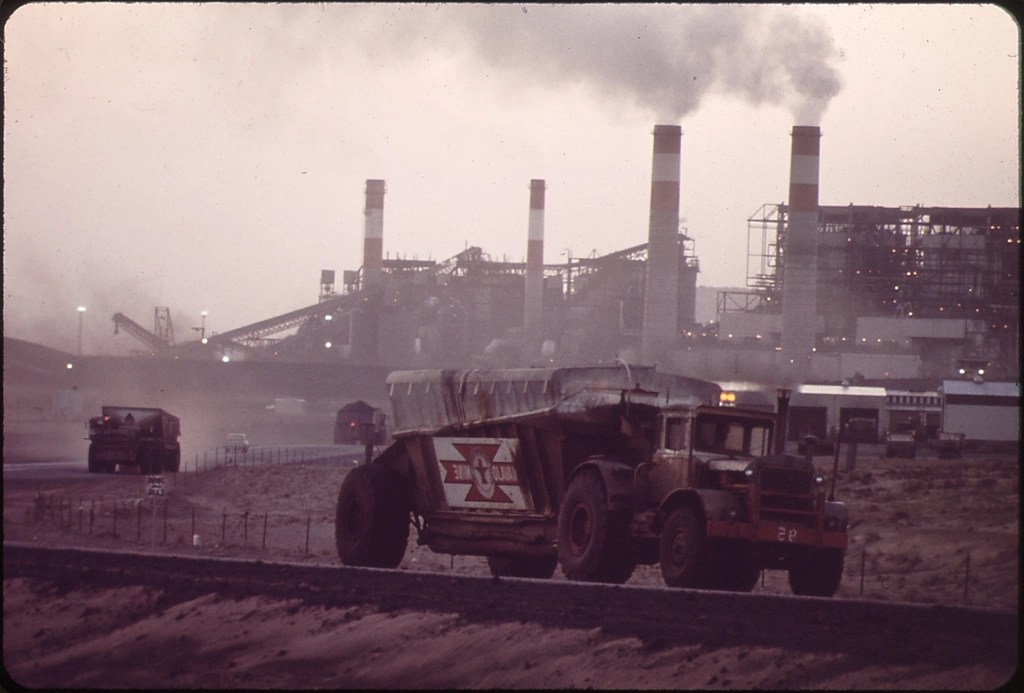
The Environmental Protection Agency (EPA) will require existing coal-fired and new natural gas-fired power plants to control 90% of their carbon emissions or shut down.
It’s the first time the federal government has restricted CO2 emissions from existing coal-fired power plants and one of four measures the EPA announced today to transition the US to a clean energy economy.
The EPA states that “the best system of emission reduction for the longest-running existing coal units and most heavily utilized new gas turbines is based on carbon capture and sequestration/storage (CCS),” which qualifies for Inflation Reduction Act tax incentives.
Coal plants that intend to stay online beyond 2039 will have to cut or capture 90% of their CO2 emissions by 2032. If a coal plant retires by 2039, it has to capture emissions but to a less stringent standard. If a coal plant retires by 2032, it’s exempt from the new final rule. Coal powered around 16% of US electricity in 2023.
The rule is projected to reduce 1.38 billion metric tons of carbon pollution through 2047 – equivalent to preventing the annual emissions of 328 million gasoline cars or nearly an entire year of US electric power sector emissions.
Harold Wimmer, president and CEO of the American Lung Association, said, “Burning fossil fuels in power plants harms people’s lungs, makes kids sick, and accelerates the climate crisis. The stronger clean air and climate protections will save lives.”
The other three final rules for coal-fired plants are:
- A tightening of the emissions standard for toxic metals by 67% and finalizing a 70% reduction in the emissions standard for mercury from existing lignite-fired sources
- A reduction of pollutants discharged through wastewater from coal-fired power plants by more than 660 million pounds per year
- The safe management of coal ash placed in areas that were unregulated at the federal level until now
EPA administrator Michael S. Regan said, “By developing these standards in a clear, transparent, inclusive manner, EPA is cutting pollution while ensuring that power companies can make smart investments and continue to deliver reliable electricity for all Americans.”
The new EPA rules are part of the Biden administration’s pledge to achieve net zero in the electricity sector by 2035.
Read more: New England to become the second coal-free region in the US
If you live in an area that has frequent natural disaster events, and are interested in making your home more resilient to power outages, consider going solar and adding a battery storage system. To make sure you find a trusted, reliable solar installer near you that offers competitive pricing, check out EnergySage, a free service that makes it easy for you to go solar. They have hundreds of pre-vetted solar installers competing for your business, ensuring you get high quality solutions and save 20-30% compared to going it alone. Plus, it’s free to use and you won’t get sales calls until you select an installer and share your phone number with them.
Your personalized solar quotes are easy to compare online and you’ll get access to unbiased Energy Advisers to help you every step of the way. Get started here. –ad*
